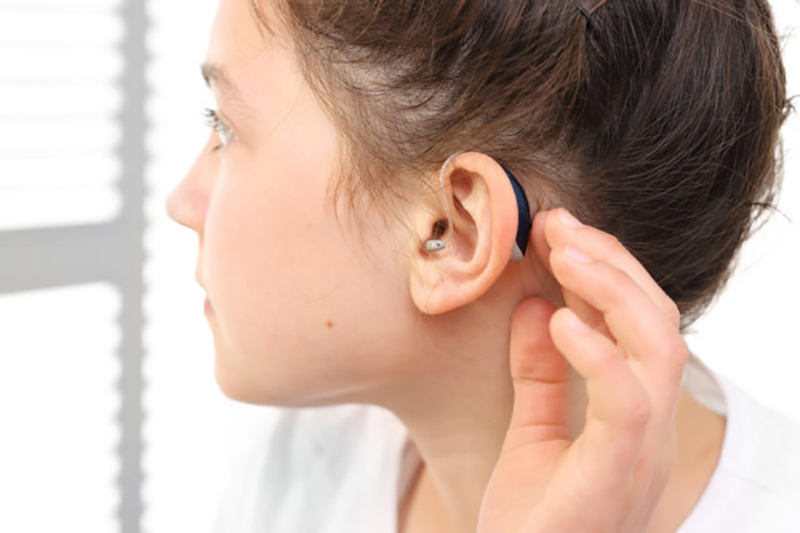The Evolution and History of Hearing Aids
Hearing aids have been helping people hear well since the seventeenth century. People who need some help hearing clearly have benefited from these types of devices from ear trumpets to modern-day discrete devices. They are a type of hearing care that has been used by millions of people around the world.
The Early Years of Hearing Aids
The first hearing aids, called hearing trumpets, were created in the 17th century. By the end of the 18th century, hearing aids were commonly seen. In 1800 a British entrepreneur, Frederick Rein, started to sell them commercially in London. His instruments amplified sound much like cupping your hand to your ear does.
They were rather bulky, though, and while portable were still difficult to carry around. People with hearing loss were also helped by conversation tubes, also known as speaking tubes. The first of these was created in 1796 and involved a person speaking directly into one end of the tube while the listener put the other end in their ear. These were effective at isolating the voice of a person and eliminating background noise.
Hearing Aids Evolve
The invention of the telephone led to large improvements in hearing care. The technology behind telephones was adopted because they could control the volume and what frequency it was played at. The first device to make use of this technology was the Akouphone which was invented by American Miller Reese Hutchison. He released this device in 1898 and it quickly caught on because of how portable it was compared to earlier devices.
Modern Day Hearing Aids
Modern-day hearing devices are very discrete. They are 100% digital devices that can be placed entirely in the ear canal. They are custom designed for each individual so they fit perfectly and offer high performance. There are three types of these devices which are called receiver in the ear, completely in the canal, and invisible in the canal.
There are also behind-the-ear devices which have been around since 1956. These devices are crescent-shaped and fit right behind the ear. A tube connects the device to the ear canal. These are somewhat more noticeable than other types of modern devices but are still discreet.
If you have hearing loss, a discussion with your hearing healthcare professional can help you hone in on what device will work best for your particular circumstances. There are many types of sizes, shapes, and colors of these devices as they have become highly customizable.
Which type of device will work best for you depends on how much hearing loss you have, what types of sounds you commonly experience, and what your budget is for the hearing aid. To learn more about what you can do to enhance your hearing, contact Beltone DFW today.






